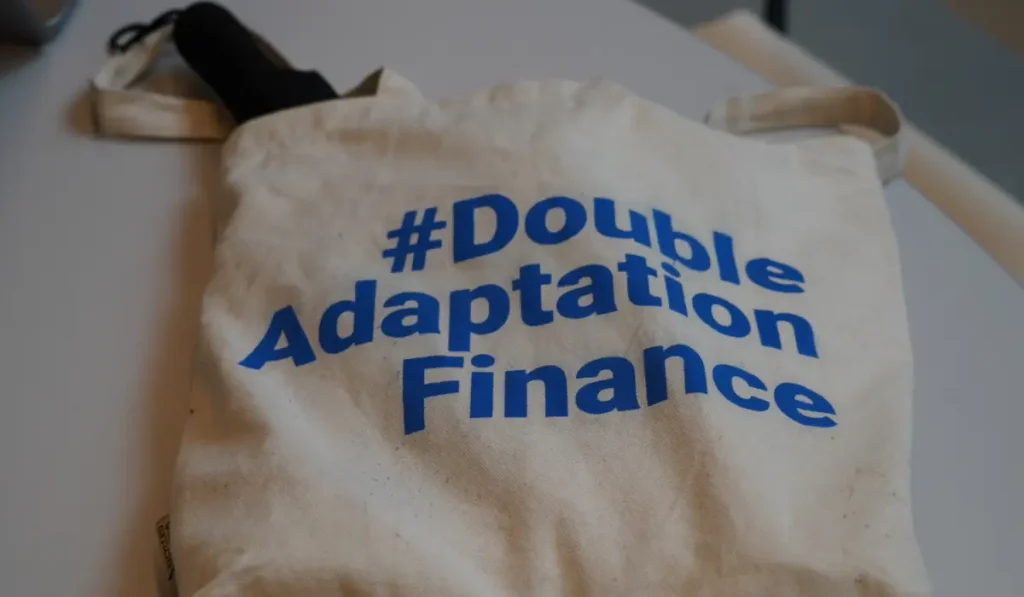Just Energy Transition Partnerships (JETPs) in coal reliant countries have become increasingly popular since the initial US$8.5 billion partnership was struck between South Africa and the UK, US, France, Germany and the EU, just before COP26 last year. The deal seeks to accelerate South Africa’s decarbonisation of its economy, focusing on the electricity system. It also seeks to help South Africa achieve its Nationally Determined Contribution goals.
Following the welcome reception of this partnership, in 2022, the G7‘s Chair Summary on Climate Neutrality announced intended JETPs with India, Indonesia, Senegal and Vietnam, with talks being led by different donor countries including the US, Germany, France, Japan, the UK and the EU.
The brokering of the JETP could not have come sooner, as the South African electricity utility, Eskom, is $24 billion in debt. At present, its balance sheet is precluding it from raising further finance. Considerable hopes have been pinned on the deal by civil society and the public more broadly, as South Africa navigates rolling blackouts, extremely high levels of income inequality, and rocketing unemployment with a notable portion of the employed sector working within the coal sector.
Yet details around the finance have been vague and unclear, indicative of the lack of transparency surrounding the commitment, and there are worrying signs that the terms of finance will be onerous. Reuters has recently reported that 80% of the funds are likely to be loans, not grants, contrary to what South Africa had requested. In a recent report by the Blended Finance Taskforce and the Centre for Sustainability Transitions, they describe the focus of dialogues as being mostly on what South Africa needs to do with little scrutiny on the donors, making it hard to tell if the deal is “fit for purpose”. The report finds that, according to the latest information “a majority of the $8.5bn pledge will either be sovereign debt channelled via different entities and multilateral trust funds or simply “mobilised” money from DFIs and private investors, with very little concessional/grant funding. This means that the total $8.5bn will not be easily, or entirely, available or accessible on terms which create the right incentives and mechanisms to rapidly transition.” It concludes by stating that simply “pledging already-committed capital goes directly against the principles underpinning the commitment. That is not only insulting, it is greenwashing. No country should accept this kind of a deal.”
Most recently, according to Business Day, the US has stated that its US$1 billion share of the package will be in the form of loan guarantees from its state owned development finance institute the International Development Finance Corporation (IDFC). The IDFC invests in individual projects almost exclusively in the private sector. According to the report, this could means that the South African government may be barred from using it. This may deal a blow to the social justice agenda of the JETP, which is likely to require injections of direct public finance for just transition projects. Whilst the private sector has a role to play in the Just Transition, the truly catalytic finance comes from public expenditure, which this deal should be supporting.
The limited concessionality, fragmented coordination between donors and lack of engagement and transparency with South African civil society and financial institutions, puts the deal at risk. There are also concerns flagged by Reuters, that local procurement rules to protect local firms and workers, will put the $1 billion commitment from the European Investment Bank at risk, which issues funds only with limited preference for local content in tenders.
There are also debates about what the finance will be used for. Government initially assured the public it would be primarily used to support Eskom’s plans to repurpose several ageing power stations, reskill and upskill workers for new jobs develop new enterprises in towns historically dependent on Eskom’s value chain, and support new sectors, including electric vehicles and green hydrogen. However, a lack of a social compact around the Just Transition and what the finance should go towards, has resulted in multiple competing claims for what it should be purposed for. An investment plan with an estimate of long term costs, is currently under Ministerial consideration, and is meant to be agreed with partners by COP27 in November which will hopefully give guidance on how to purpose the funds.
In commenting on the deal in an interview with Bloomberg News, Minister of Forestry, Fisheries and the Environment, Barbara Creecy stated “We underestimated when this offer was made exactly how complicated it is”. She stated that one has partners “and development institutions with different terms and conditions, and dependent on their own fiscal cycles and so on. So it’s a complicated process.”
The success of the South African JETP has bearings not only for its domestic transition but also for similar packages elsewhere including Senegal and potentially other African countries such as Kenya. JETPs could possibly become a new model for international cooperation on climate action based on national platforms, and the investment plan could serve as a blueprint for other emerging markets to move away from coal. The JETP model presents an opportunity to address longstanding criticisms that global climate finance is too marginal, fragmented and comes with low levels of concessionality and high recipient country costs that exacerbate debt. JETPs should also be respectful of recipient policies on domestic procurement, employment and job creation. Unfortunately the current trajectory of discussions, suggests that these considerations still need to be meaningfully addressed.






